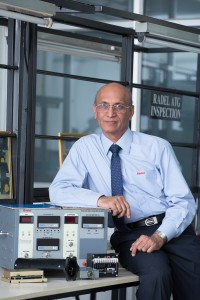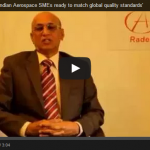Let me ask a question myself, what is an ecosystem? The ecosystem is one that encourages the growth of a particular sector of industry or product. So the ecosystem includes either the creation or existence of the infrastructure which includes again for design and manufacture, the manpower trained to handle the technologies involved, facility for training the manpower, test facilities, certification, processes, a supply chain, availability of specialised raw materials if there are any, and so on – it can be expanded without much of a limit. So the ecosystem as applied to the aerospace and defence includes the inclusion of all these parameters. And with particular reference to the aerospace sector which uses very specialised aluminium alloys, titanium alloys, rivets, nuts and screws that needs to be of special grade or tested grade and certified as airworthy. Now if we don’t have any of these present within the country, then the ecosystem is missing. Even in the case of availability of trained engineering manpower, we don’t have the ecosystem where you have either aerospace engineers or mechanical engineers trained for working or operating in the aerospace sector. So we don’t have the availability of these various kinds of resources in the country and therefore the aerospace and defence sector in the country is unable to grow to the extent that it needs to grow. This is where the creation of ecosystem is extremely important and therefore the Government is the one that needs to address these by setting up of laboratories, test facilities, training institutes or may be even incentivising SMEs or large organisations to conduct training programmes, seminars, workshops etc etc. And this is where the Government has to play a very major role in incentivising and facilitating the growth of the aerospace and defence sector in this country.



